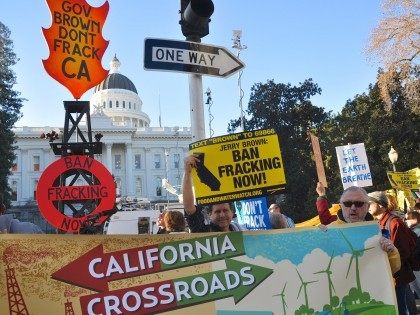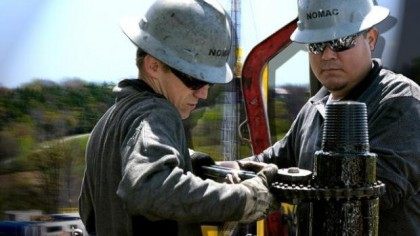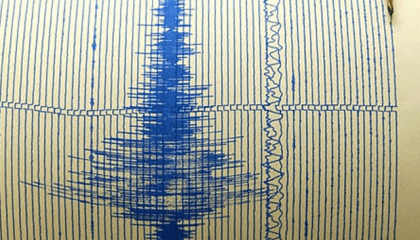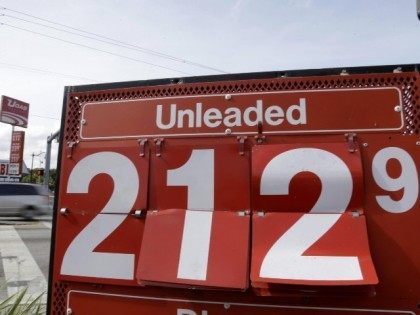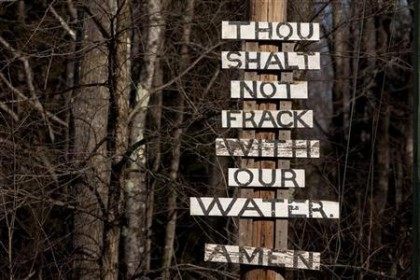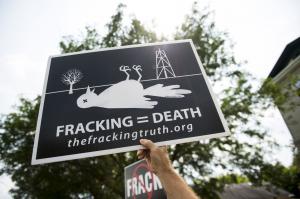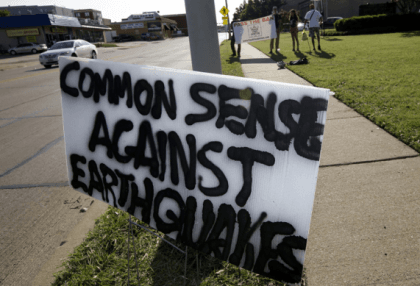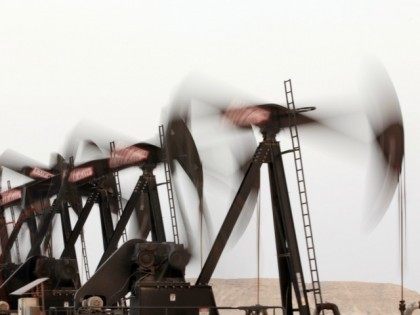Low Oil Prices Ahead as Fracking Breaks Even at $25/Barrel
The U.S. Energy Information Administraiton (EIA) has released a Drilling Productivity Report (DPR) that shows the U.S. drilling rig count in the four major “tight-oil” regions of the Permian, Eagle Ford, Bakken, and Niobrara fields fell 32%, from their October peak of 1160 to 780 rigs. However, despite a 65 percent crude oil price decline and the rig count at the lowest level in almost four years, the EIA predicts that production from these four regions is 500,000 barrels per day higher than in October. That translates to a $25 per barrel break-even price, meaning U.S. crude oil prices will remain low.
